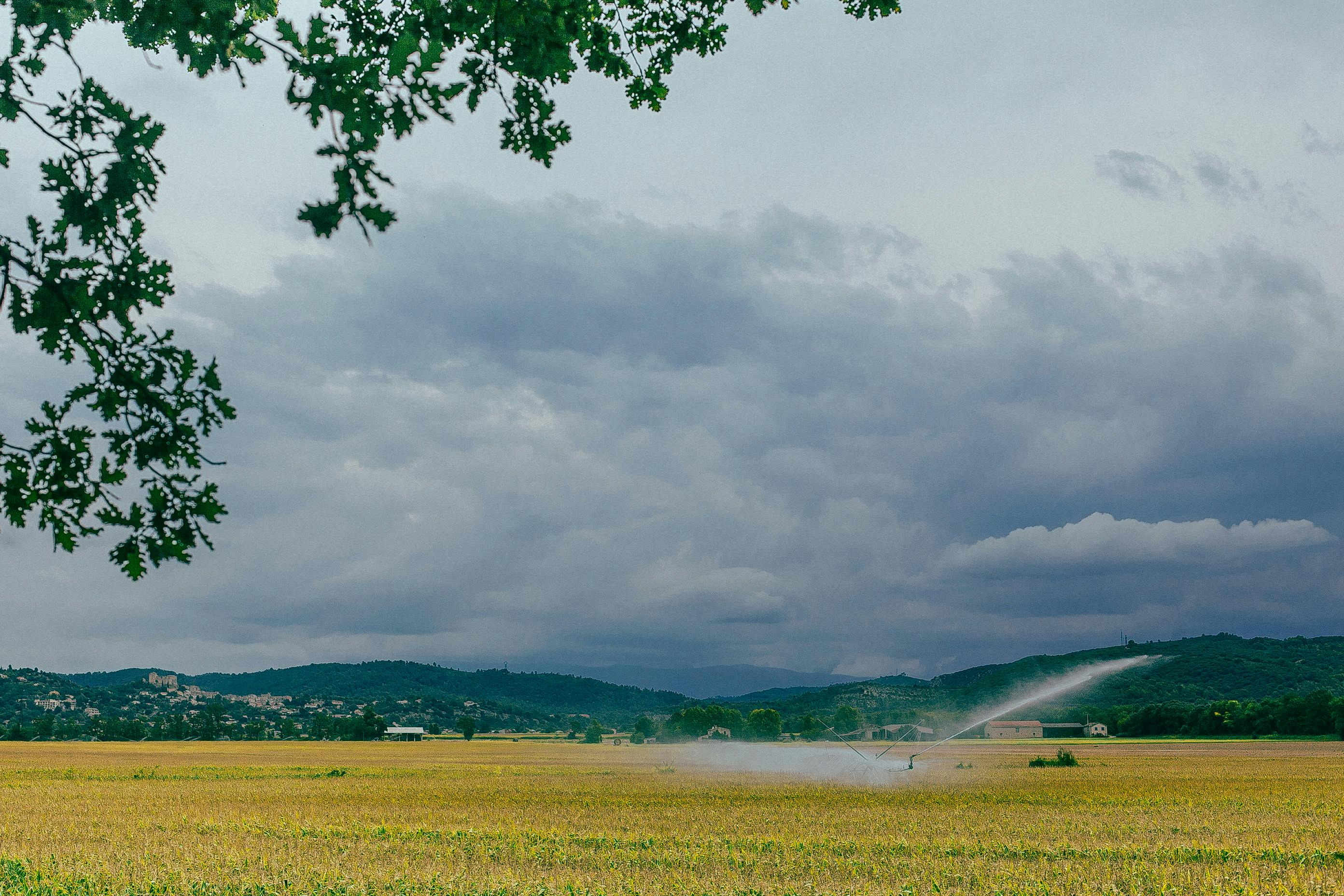Composting kitchen and yard waste is beneficial for reducing garbage waste and practicing recycling throughout your yard maintenance routine. You don’t need a green thumb to start composting. Here are some basics to get you started with composting: materials you can compost, ratio and composition of kitchen and yard waste, pile setup, maintenance, and composting cycle.
What can you compost? Most materials can be composted. There are a few things you should avoid composting: grass clippings where chemical herbicides have been applied, weeds (they can reseed themselves and continue to return to your yard), synthetic chemicals, pet waste, inorganic materials (pressure-treated lumber, plastics, metals, glass, etc.), diseased plants, coal ashes, paper with colored ink (newspapers, magazines, etc.), as well as everything that consists of dairy products, meats, bones, fish and fats.
Starting. One rule to remember is: stick to a carbon to nitrogen (C:N) ratio of 25-30:1. High-carbon materials (dry material, also known as brown residue) include: ash (25:1), cardboard (350:1), fruit residue (35:1), pine needles (80:1) , sawdust (325:1), wood chips (400:1), etc. High concentration of nitrogen (wet material, also known as green residue) includes: alfalfa (12:1), clover (23:1), coffee grounds (20:1), food residue (20:1), residue yard trimmings (30:1), grass clippings (20:1) (without herbicides), hay (25:1), manure (15:1), algae (19:1), etc. If your compost is too high in carbon, you can add grass clippings or manure to reduce the ratio. Adding dry paper or leaves will increase C:N levels if it is too low. Make sure added materials are crushed or diced to a manageable size.
Stack configuration. Choose a sunny spot in your landscape for the compost pile. You should choose an area with plenty of room to stack additional waste and adequate space to turn over barrels or compost piles. Make sure the area has a filter or consider purchasing a small indoor composting bin for your basement or garage (ie Planet Natural Indoor Composter). The dimensions of your compost bin should also be at least 3 x 3 x 3.
Maintenance and conservation. You will be spending most of your time turning the compost pile. If you want a lower maintenance pile, consider adding earthworms to your compost. Vermicompost is “the process by which earthworms digest organic matter.” Starting your own vermicompost consists of a container, bedding, earthworms, and worm food. Most worm bins are smaller in scale compared to compost piles, but you can add the same type of kitchen scraps to your collection. Mixing your compost weekly will maintain an even decomposition. Compost also needs a balanced mix of moisture. Testing the consistency of the compost is the best way to determine if any additional material needs to be added. Take a handful of compost and squeeze it out; it should not drip water from your hands or crumble the compost material. The best consistency to look for is compost taking the shape of your fist. Good compost should also smell like earth and look like earth.
Composting cycle: from table to outside and vice versa. Once you start your compost pile, you can add your nutrient-rich mix to new plantings, mulch and maintenance areas for more compost.
Composting regulations. Contact your local city government regarding regulations for compost piles. Most restrictions will consist of compost height, clogging of drainage areas, and pest control. You can also check the homeowners association guidelines.



